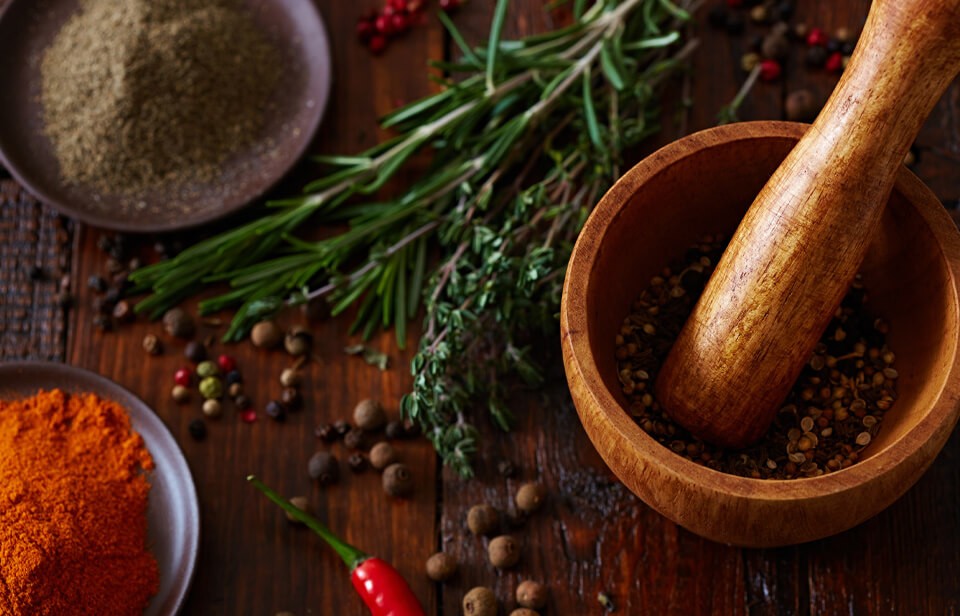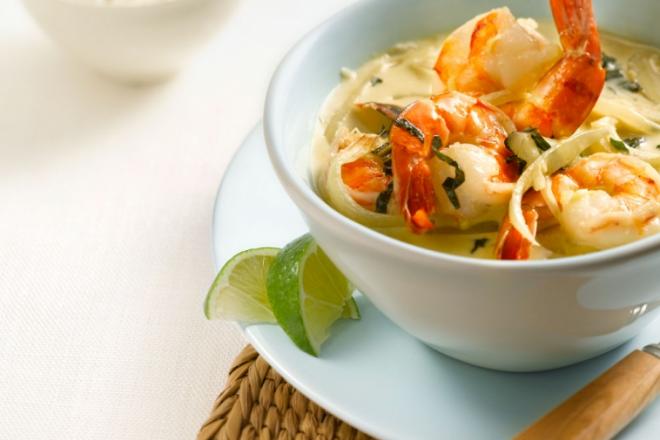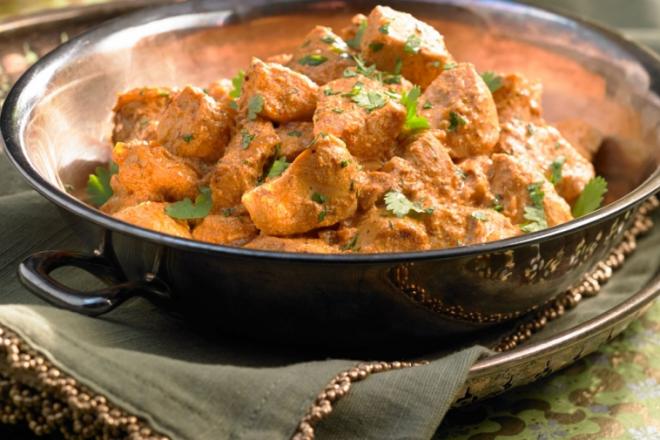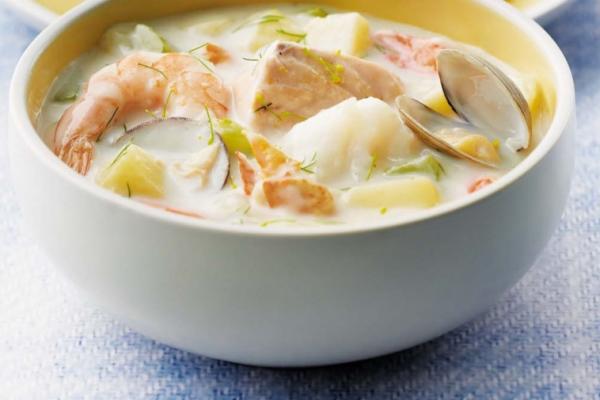The Madras-style curry powder - commonly seen in your grocery store - is an 18th-century invention of the British, who used it at home to approximate the flavours of a variety of dishes they grew to love as merchants in 18th-century India. Madras was an important centre of British trade at the time, and the sauced dishes of its regional cuisine contained a blend of spices that included ‘kari’ leaves. And while curry powder is still a great thing to have on hand when you’re looking to spike a soup, stew, dressing, salad or dip with instant flavour, the result is not a real ‘curry’.
Authentically speaking
In strict terms, a curry is a sauced dish that’s flavoured with a variety of spices and aromatics like onions and garlic. Essentially: a stew. Most curries, regardless of where they originate, are prepared using the same basic steps – what differentiates the characteristic flavour and aroma of each regional style or dish is its unique blend of spices and other ingredients. Bengali curries are known for their use of black cardamom. Southeast Asian curries use a rhizome called galangal, which is somewhat like ginger, but with a fresh pine-like fragrance. You can tell a Thai curry by its combination of coconut milk and keffir lime leaves. Most Southeast Asian curries will also use fish sauce to add a savoury dimension to the layers of flavour.
Hot or not?
One of the main misconceptions about curries is that they’re necessarily hot. While some spices like pepper and ginger sometimes add a low-grade burn, unless there are also chilies in the mix, a curry isn’t really hot at all. The truth is, curries were made without the fiery heat of chilies for many centuries before chilies were introduced to Asian palates by Portuguese spice traders in the 16th century. Even today, some curries like the classic Murgh Makhani (Butter Chicken) and Rendang (from Indonesia) are usually very mild.
If a menu offers a choice of yellow, red and green curries, remember that yellow will be the mildest-tasting, red quite hot, and green the hottest of the three.
In any case, if you need to cool things down, dairy products of any kind will quickly take the edge off almost any heat. If there’s no Raita on the table (an Indian condiment made with yogurt and cucumbers), plain yogurt, sour cream, or a glass of milk are terrific rescue remedies.

Maximizing flavour
When spices are the main focus of a dish’s flavour, home cooks should keep four things in mind.
1. Spices should be fresh, and of good quality.
Top-quality spices may at first seem expensive compared to the supermarket variety, but when you consider the cost on a per-serving basis, you’ll realize it’s just pennies.
2. Buy spices whole and grind them as needed.
This will greatly improve the flavour of the final dish. It’s very easy to grind spices in a mini food-processor or electric coffee mill, but grinding and pounding away in a good old-fashioned mortar and pestle is extremely effective at releasing the flavours and oils.
3. Toast the spices lightly in a dry skillet.
This will add an incredible depth of flavour. Use medium-low heat, and watch them closely: seeds like coriander, fennel and cumin can quickly scorch.
4. Bloom the spices by heating them in hot butter or oil.
Whether you’re using a dry powder or a wet paste, ‘blooming’ the spices by heating them in hot butter or oil is an essential step drawing out the volatile compounds that give curries their characteristic fragrance and flavour.
As Canadians, we have access to an incredible variety of taste experiences, both in the wide variety of cuisines we can easily sample, and in the wealth of ingredients available in our multicultural pantry. So while a little jar of ‘curry powder’ is still a great thing to have on hand when you’re whipping up a tuna salad, there’s a whole other world of delicious curries out there just waiting to be discovered.










